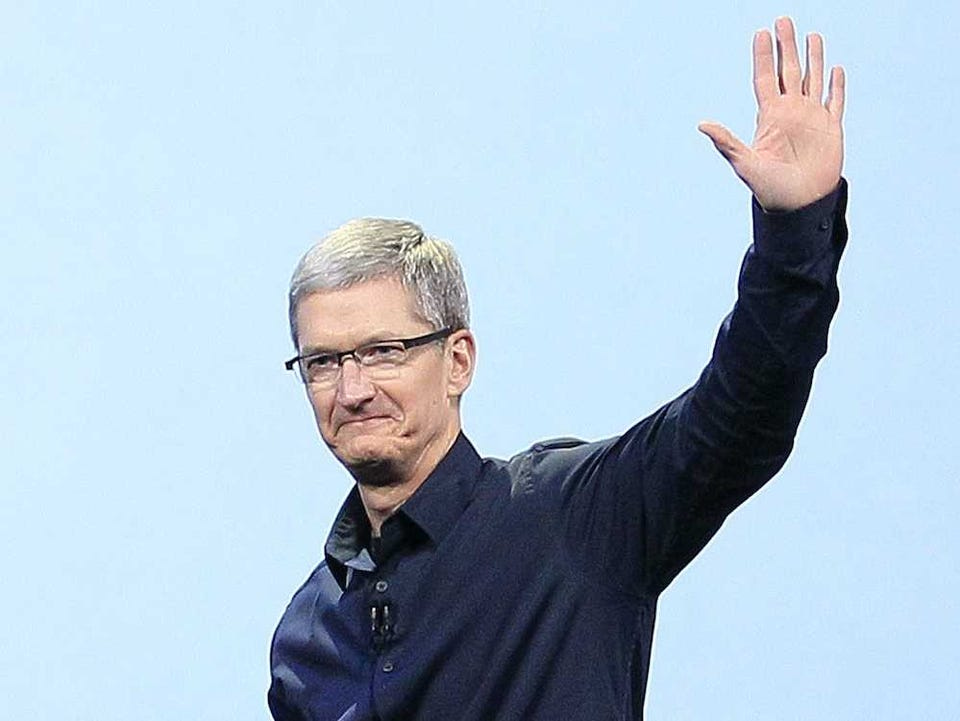#39 - What If Apple Became an Infrastructure Company?
Apple was built on the marriage of world-class hardware and a relentless focus on user experience. A formula that’s starting to look dated.
Siri, after 15+ years, still sucks. Apple Intelligence—despite the hype—is a cautious rollout, leaning on privacy theater and on-device optimization rather than open-ended intelligence.
And now, OpenAI is working with the Jony Ive to build an entirely new category of AI-first consumer devices.
For the first time in decades, Apple’s core moat—tight integration of hardware, software, and design—is being seriously challenged.
While we shouldn’t plan for their funeral yet, it’s hard to imagine they’ll be able to win (or even medal) in AI.
So, what if Apple stopped trying to catch up in AI... and started powering it instead?
Apple Is Behind—and Playing Scared
Apple’s approach to AI has been slow, risk-averse, and incremental. While OpenAI, Anthropic, Google, and Meta push the boundaries of reasoning, generation, and multi-modal understanding, Apple is still showcasing email summaries and smarter autocorrect.
It’s not that Apple lacks the talent. It’s that the culture—post-Jobs, post-Ive—is driven by optimization, not reinvention. Tim Cook’s Apple is brilliant at scaling existing products, squeezing margin, and expanding services revenue. But the boldness that led to the iPhone, iPad, and AirPods has given way to the most profitable stagnation in the history of capitalism.
AI Demands a New Infrastructure Layer
Training and deploying foundation models is brutally expensive. OpenAI will be spending billions annually on compute. Even inference at scale—once models are trained—requires massive energy and real-time performance across distributed data centers.
This is not just a software race anymore. It's an infrastructure war.
That’s where Apple, oddly enough, has a structural advantage:
Over $60B in annual free cash flow
Decades of experience in custom silicon (Apple Silicon, Neural Engine)
A growing global network of private data centers
A proven track record of optimizing performance per watt
While companies like OpenAI and Anthropic are begging for capital, chips, and energy, Apple is sitting on an empire of untapped industrial potential.
The Fork in the Road: Compete or Power the Ecosystem?
Apple has a choice:
Try to compete head-on in foundational AI.
They could acquire a company like Perplexity and bring on a visionary AI-native CEO. They could try to rewire their culture around open-ended intelligence, creative risk-taking, and exploration.But that would require a level of humility, urgency, and cultural upheaval that seems unlikely under a leadership team that averages around 60 years old. The DNA just isn’t there anymore.
Or: Become the industrial backbone of the AI era.
Apple could lean into its strengths—chip design, energy efficiency, supply chain mastery, and hardware-software integration—and become the Intel + AWS of the next computing epoch. Not by building servers for rent, but by:Designing and manufacturing AI-optimized chips for other labs
Owning the most energy-efficient, secure, and privacy-respecting data centers
Building tools for developers that abstract away infrastructure complexity the same way the iPhone abstracted away PC complexity
This would be a dramatic pivot. But it could also be a way to build a new golden goose before OpenAI kills the iPhone.
It’s ironic that Apple, the company that defined personal computing, could become the company that powers impersonal computation. But they may have no choice.
AI is not just a software feature. It needs almost unimaginable energy, infrastructure, and new tools to be fully realized.
Apple doesn’t have to beat OpenAI to win - they just have to enable them.


